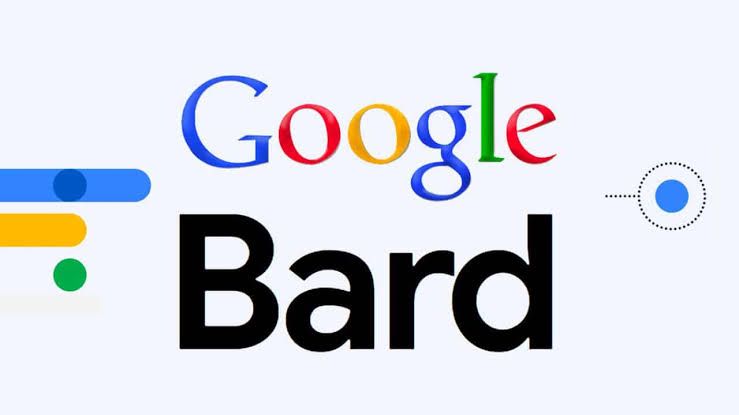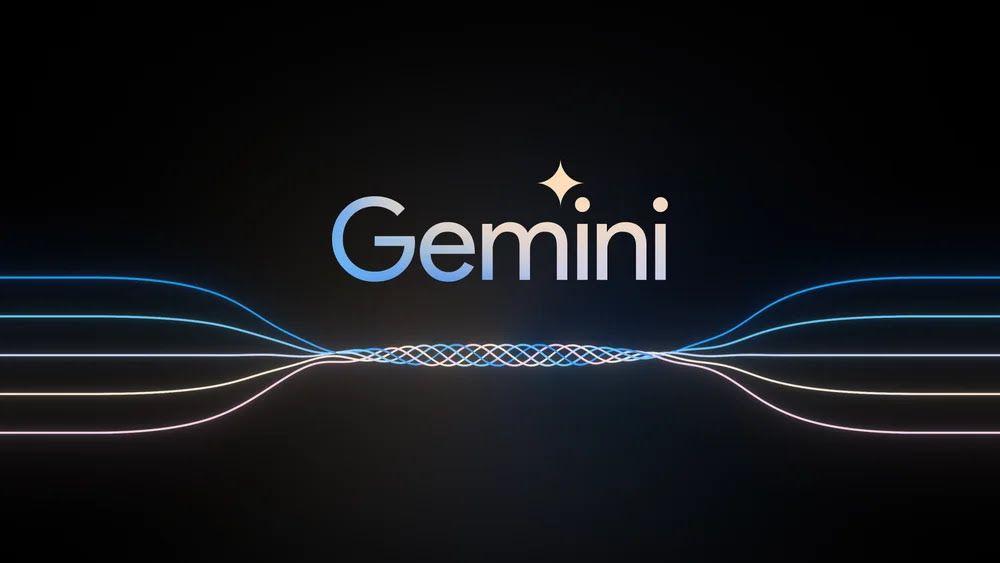Google is making a significant impact with its latest innovation, Gemini, a cutting-edge generative AI platform that has recently made its grand entrance. Although Gemini shows promise in certain areas, it falls short in others. So, what exactly is Gemini? How can it be utilized? And how does it compare to its competitors?
To ensure you stay well-informed about the latest advancements in Gemini, we have compiled this comprehensive guide, which will be continuously updated as new Gemini models and features are unveiled.

What is Gemini?
Google’s Gemini is a next-gen generative AI model family, it comes in three flavors;
- Gemini Ultra (The flagship model)
- Gemini Pro (The lite model)
- Gemini Nano (The small model that run on mobile devices like Pixel 8 Pro).
All Gemini models have been specifically trained to possess a unique capability known as “natively multimodal.” This means that they are not limited to working solely with text, but rather have the ability to effectively utilize various other forms of media. These models have undergone extensive pre-training and fine-tuning processes, encompassing a diverse range of audio, images, videos, codebases, and text in multiple languages.
How does Gemini work?
To understand how Gemini works, it’s essential to appreciate the concept of generative AI. At its core, generative AI is about creating new content from existing data. Google trained Gemini models on a diverse range of data types, including text, images, audio, and video, enabling them to understand and generate content across various modalities.
The Gemini models, namely Gemini Ultra, Gemini Pro, and Gemini Nano, are designed to cater to distinct use-cases. Gemini Ultra, the flagship model, is built for substantial computational tasks and larger data sets. It’s the go-to model for businesses and researchers who require high performance and are less concerned about resource consumption.

On the other hand, Gemini Pro offers a balance between performance and efficiency, making it ideal for everyday tasks. This model is suitable for users who need robust AI capabilities but are also mindful of their resource utilization.
Lastly, Gemini Nano is the most compact model, designed specifically for edge devices and mobile platforms like Google’s Pixel 8 Pro. Despite its smaller size, Gemini Nano still packs a punch when it comes to AI processing, offering powerful capabilities in a convenient, portable package.
All Gemini models are built to handle different types of data, not just text. This sets them apart from previous generative AI models like Google’s LaMDA, which was trained solely on text data. Gemini’s natively multimodal capability expands its use-cases, allowing it to comprehend and generate content across different forms of media.
How does Gemini compare to other AI platforms?
Google’s Gemini is a significant step forward in the realm of generative AI. Its ability to handle multiple types of data, combined with its distinct models designed for different use-cases, makes it a versatile and powerful tool.
While Gemini showcases substantial improvements over Google’s previous models like LaMDA, it’s important to note that it’s still a work in progress. The proficiency of Gemini models in comprehending images, audio, and other modalities is still somewhat limited compared to their understanding of text. However, the difference is narrowing, and the future looks promising for Gemini and generative AI as a whole.
Source: TechCrunch




